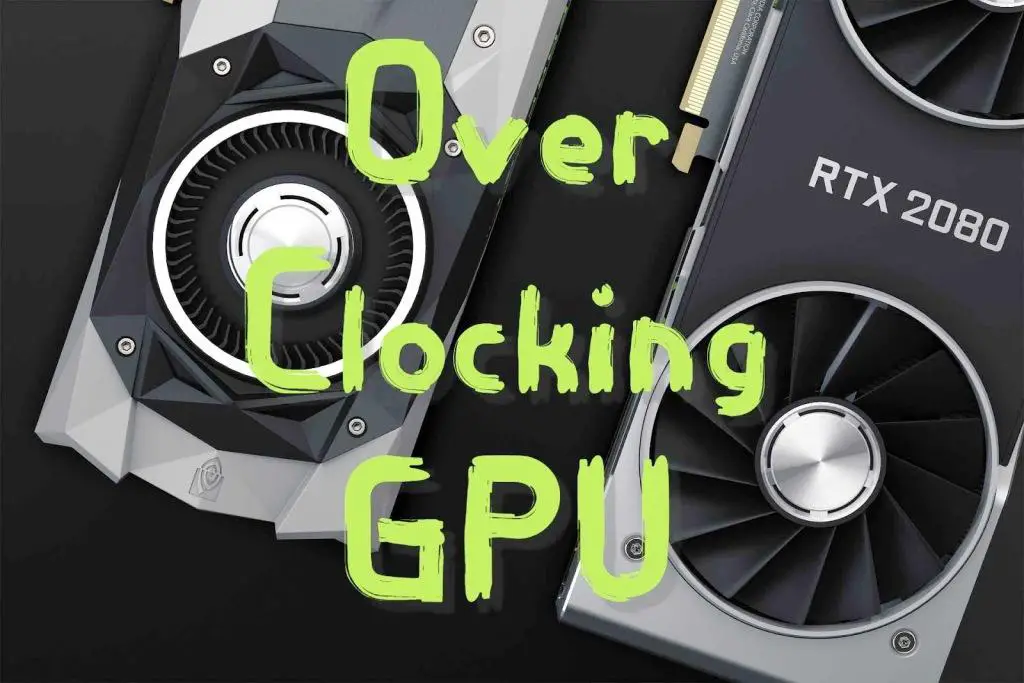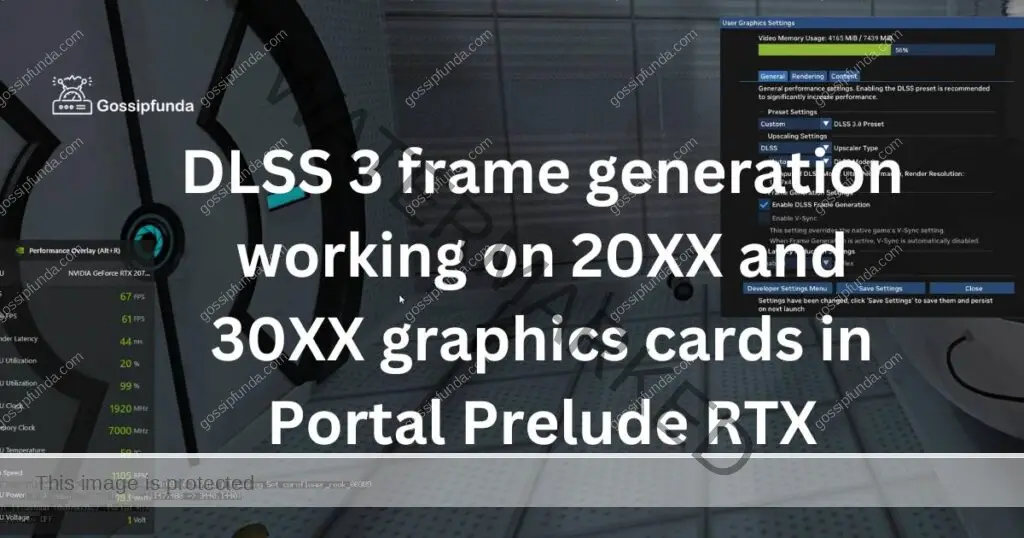Graphics cards (GPUs) can significantly enhance the performance of video editing tasks. While it’s possible to edit videos without a dedicated graphics card, having one can greatly speed up the process and improve rendering times, especially when working with high-resolution videos or complex effects.
A powerful GPU can accelerate video rendering, playback, and effects processing in editing software like Adobe Premiere Pro, Final Cut Pro, or DaVinci Resolve. It offloads some of the work from the CPU, allowing for smoother editing and faster exports.
However, the necessity of a dedicated graphics card depends on the type of editing work you do. For simple edits or lower-resolution videos, a powerful CPU might suffice. But for professional-grade editing, 4K or higher-resolution videos, or complex effects and 3D rendering, a good GPU becomes almost indispensable to ensure efficient workflow and faster rendering times.
Ultimately, while a graphics card isn’t an absolute requirement for video editing, it significantly improves the editing experience and efficiency, especially for high-end or professional work.

Which is the best GPU for me to edit videos?
The “best” CPU for video editing can vary based on your specific needs, budget, and the software you use. As of my last update in early 2022, some CPUs were highly regarded for video editing due to their high performance and multicore capabilities.
For professional-grade video editing, CPUs with higher core counts and strong single-core performance tend to excel. Here are a few options across different budgets and performance levels:
- AMD Ryzen 9 5950X or 5900X: These CPUs offer excellent multicore performance, which is beneficial for video editing. They have high core counts and strong single-core performance, making them suitable for various editing tasks.
- Intel Core i9-12900K or i9-11900K: Intel’s high-end CPUs provide powerful single-core performance, which can benefit certain video editing software. The i9-12900K, especially, has a mix of high single-core and multicore performance.
- AMD Ryzen 7 5800X or Ryzen 9 5900X: These CPUs strike a good balance between performance and cost. They can handle video editing tasks efficiently.
- Intel Core i7-12700K or i7-11700K: These CPUs offer strong performance at a slightly more affordable price point compared to the top-tier models.
When choosing a CPU for video editing, consider the software you use. Some editing programs leverage GPU acceleration more than others, so the GPU choice can also impact performance. Additionally, having sufficient RAM and a fast storage drive (SSD) is crucial for a smooth editing experience.
Always check for the latest releases and benchmarks when making a decision, as the landscape for CPUs is continually evolving.
Best budget friendly video editing graphics card
Choosing the best budget-friendly graphics card for video editing requires balancing price with performance. Here is some recommendations (19 Dec 2023):
- NVIDIA GeForce GTX 1660 Super:
- Strengths: Offers excellent performance for its price. It’s suitable for 1080p and 1440p video editing and can handle some 4K work.
- Features: While it lacks RTX-series features like ray tracing and DLSS, it’s a solid performer in traditional rendering tasks.
- Price Range: Generally falls into a more affordable category.
- AMD Radeon RX 5500 XT:
- Strengths: A good budget option for video editing, especially for Adobe Premiere Pro, which benefits from AMD’s hardware.
- Features: Provides decent performance for 1080p and some 1440p video editing.
- Price Range: Comparable to the GTX 1660 Super, often slightly cheaper.
- NVIDIA GeForce GTX 1650 Super:
- Strengths: A more budget-friendly option than the 1660 Super, suitable for basic to intermediate level video editing tasks.
- Features: Good for 1080p editing and can manage some less complex 1440p projects.
- Price Range: Generally lower than both the GTX 1660 Super and RX 5500 XT.
- Used or Older Generation High-End Cards:
- Option: Consider looking for used or previous generation high-end cards like the GTX 1070 or GTX 1080. These can offer great value for money.
- Consideration: Make sure to purchase from a reliable source to avoid issues with used hardware.
When choosing a graphics card for video editing, consider the following:
- Software Compatibility: Some video editing software benefits more from NVIDIA’s CUDA cores, while others perform well with AMD’s architecture. Check the compatibility and optimization of your preferred editing software.
- Resolution of Projects: If you primarily work with 1080p footage, you don’t need as powerful a card as you would for 4K editing.
- Future Proofing: If you plan to upgrade your projects to higher resolutions in the future, consider a card that can handle more than your current needs.
Remember, the technology landscape changes rapidly, so it’s always a good idea to check the latest reviews and benchmarks close to your purchase time. Prices and availability also vary by region and over time.
Awill Guru is a technology enthusiast with degrees in VLSI Engineering (B.Tech, M.Tech) and Android Development. Their passion for education drives them to teach and share knowledge through their blog. He also hold qualifications in Sociology (M.A.) and Education (B.Ed), along with NIELIT O and A Level certifications.


